
© Justin Ridler. (Click image for larger version)
The premiere of the new FNB Swan Lake was to be the 26 February 2021, but sadly Covid-19 restrictions in Finland now mean Swan Lake will get its first showing next season. Details
www.instagram.com/davidmcallisterdaisymc
oopperabaletti.fi
For nearly four decades, David McAllister called the Australian Ballet home – first, as a dancer and, for the last 20 years, as the company’s artistic director. In the beginning of 2021, he handed the reins of the Australian Ballet to the American-born international star David Hallberg and flew to Helsinki to create a new production of Swan Lake for the Finnish National Ballet.
DanceTabs recently caught up with McAllister to talk about his work on the new Swan Lake, which was commissioned by Madeleine Onne, artistic director of the Finnish National Ballet. We also talked about his feelings about leaving the Australian Ballet and his reflections on the highlights and achievements with the company.
How did this commission to create a new production of Swan Lake for the Finnish National Ballet come about?
I did a production of The Sleeping Beauty for the Australian Ballet in 2015; and Madeleine Onne, who was artistic director of the Hong Kong Ballet at that time, came down to Melbourne for the premiere. When she got the job in Helsinki, we talked about her plans and she mentioned that she wanted to commission a new Swan Lake. She told me: “I want this Swan Lake sort of like what you did with The Sleeping Beauty.” I guess that was when the seed was planted. The long story short – she commissioned me to do the new production. That was probably around 2018. I told her that I was planning to leave the Australian Ballet at the end of 2020, so it worked perfectly with the timing, because she was looking to have the premiere in 2021.

© Jonas Lundqvist. (Click image for larger version)
This production will commemorate the 100th anniversary of the Finnish National Ballet. Tell us more about this occasion.
The Finnish National Ballet was founded in 1922, and the first ballet they performed was Swan Lake. That’s why Madeleine wanted a new production to celebrate the centennial anniversary of the company.
I thought it would be interesting to make this Swan Lake very specific for Finland. They are proud of their Nordic heritage and traditions; that whole idea of winter and the purity of nature is very dear to them. Also, I learned that the Swan is the national bird of Finland. So, we decided to set the story in a late-autumn period and place the swan scenes into wintery landscapes.
Is it a classical or contemporary staging?
I was interested in making this Swan Lake very classical, but we did set it in a mystical Nordic kingdom in the period when Tchaikovsky’s music was written. So, the whole production will have the late 19th century aesthetic.
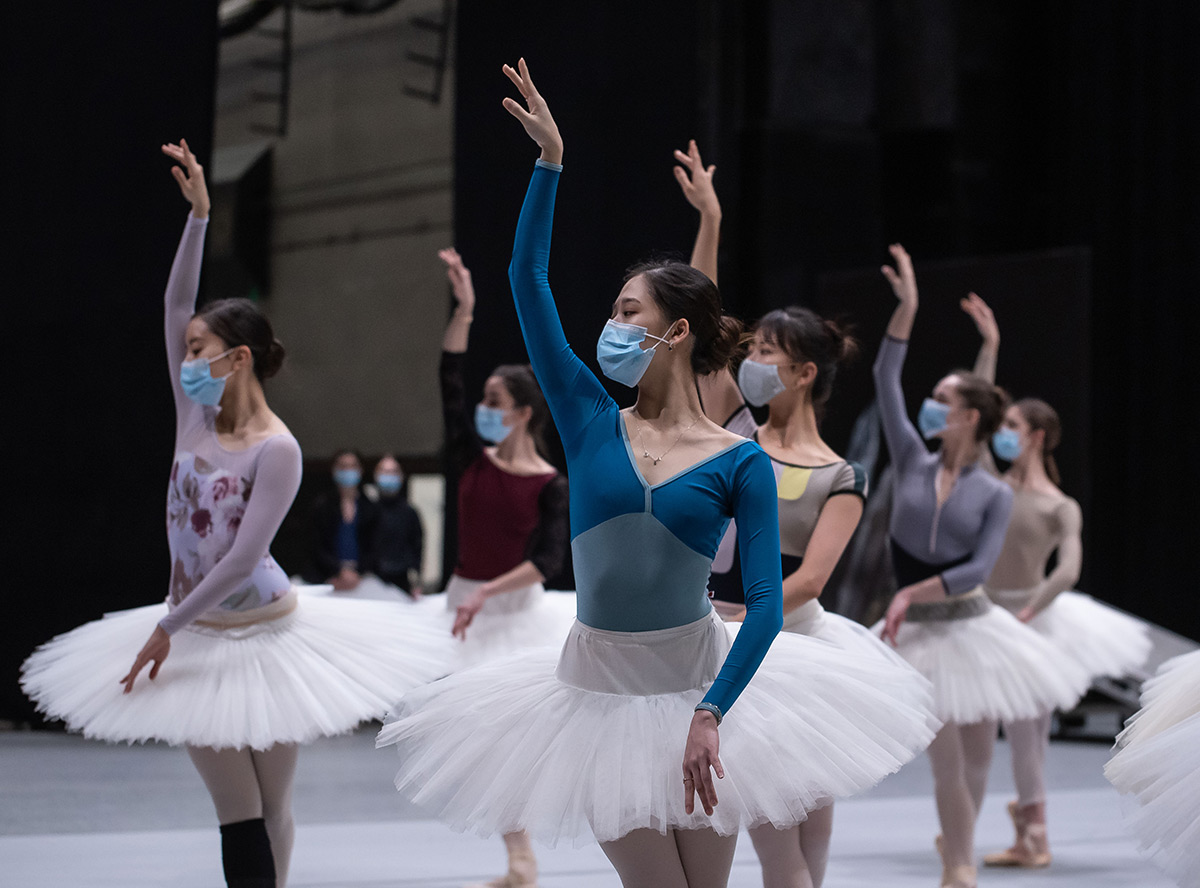
© Roosa Oksaharju. (Click image for larger version)
Are there any plot twists?
This Swan Lake is traditional in the sense of the quality of movements, but I used a few ideas that have inspired me over time in different ways – especially in the ballet’s fourth act, where the plot main departure takes place. In the fourth act, the music is so poignant and dramatic that I wanted to find a way of making the tragedy of the story really come to life. So, in this staging, Siegfried attempts to shoot Rothbart to avenge the mistake that he made by swearing his love for Odile. Odette, in turn, realizes that if Rothbart dies, she will be destined to remain a swan for the rest of her life; and she tries to prevent it by throwing herself in front of Siegfried, as if saying “No, don’t do it!” And in doing so, she gets accidentally shot by him, and that’s how she dies. So, this double-tragedy – the feeling of enormous guilt and sorrow – leads the Prince to drown himself in the lake; and at the end, he and Odette are reunited again in the apotheosis.
What can you say about the designs?
The designs for this production are by the award-winning designer Gabriela Týlešová, with whom we collaborated on The Sleeping Beauty as well. And she is just the most amazing designer! The setting of this Swan Lake is a mystical Nordic word. The whole ballet has this beautiful fairy-tale quality, and the decorations and costumes are very lavish and richly detailed.

© Roosa Oksaharju. (Click image for larger version)
When you created The Sleeping Beauty, you worked with the dancers you knew very well. The Finish National Ballet is an unfamiliar territory in this sense. How are the rehearsals going so far?
The dancers here are so generous and enthusiastic. They work extremely hard, and they are very passionate about their work. I really enjoy the process in the studio. I did say at the beginning: “We are doing this together.” And from day one, I felt that they fully embraced the idea of what I was doing and were open to collaboration. It has been a great experience and the dancers have been so much a part of this creative process, coming up with great ideas. I feel like I have really got to know them well.
You called the Australian Ballet your home for nearly four decades. How does it feel to be away from the company?
It was my decision to leave the Australian Ballet, and I was thrilled to be able to do it on my own terms. I felt that it was the right time for me to take that step out into the big world, and I left with a joyful heart. I was delighted when David Hallberg was appointed as artistic director of the company, because I really admire him as a person. And I think he is exactly the right person to take on the Australian Ballet now. I know that he will bring a lot of different ideas and energy to the company. Of course, it feels a bit strange not to go there every day, but, at the same time, it’s wonderful to be here in Finland. I’m having such a lovely time here. It’s win-win: I am still in the studio and I know that the Australian Ballet is in great hands. I am really excited for them.
When you took the helm of the Australian Ballet 20 years ago, you didn’t have any experience as artistic director. What you wish you knew back then? If you could give advice to yourself at that time, what would it be?
I think I didn’t realize that it was so much more about management. I always thought that an artistic director position would be about the art, creativity, working with the dancers and developing them. And, of course, it is. But it’s also about psychology of how you do it. It’s not only about working with the dancers, but also dealing with the whole organization to form the culture and environment in which everyone can flourish. And I was lucky enough to surround myself with the people who helped me achieve that. It was on the job training – I was constantly learning. So, I would have said to myself: “Keep on learning – you don’t know everything, and you will never know it all – so just keep on learning.”
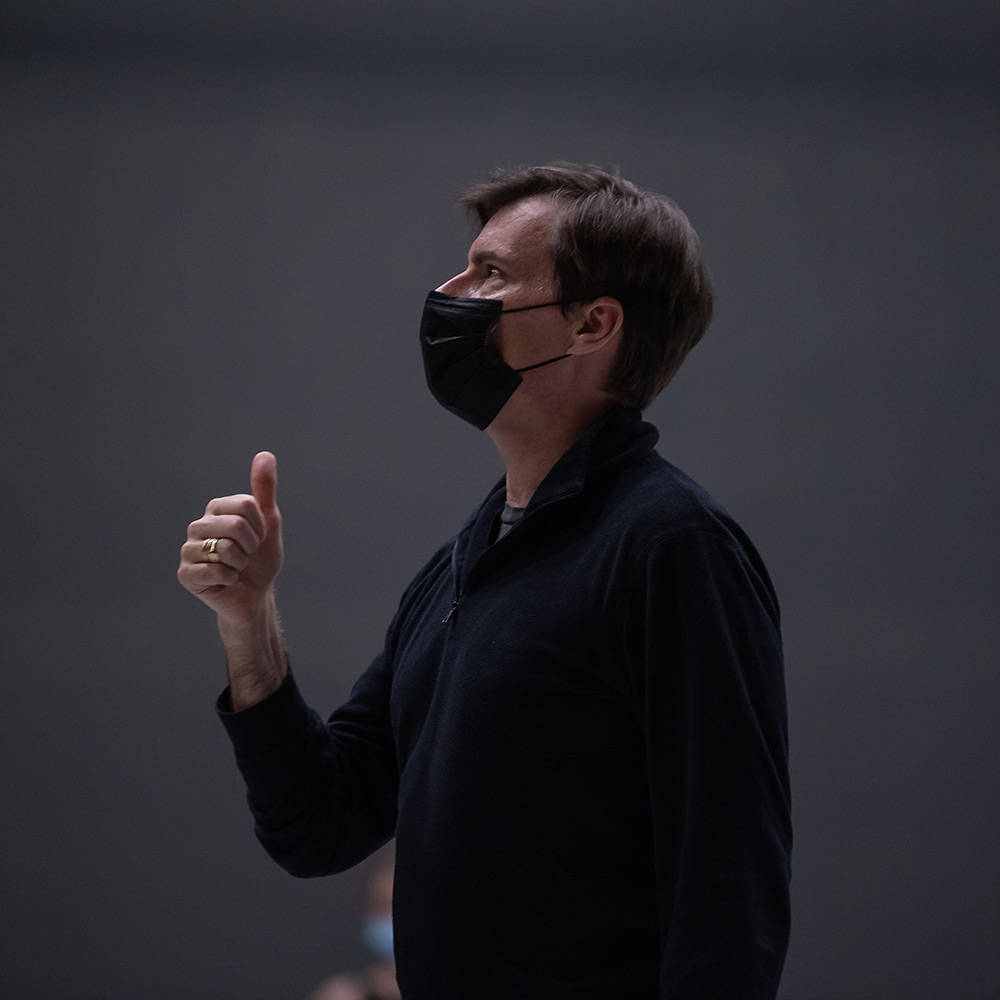
© Roosa Oksaharju. (Click image for larger version)
When you look back at your time as artistic director of the Australian Ballet, what are the highlights?
What I am proud of most is leaving the Australian Ballet with a very strong belief in the culture of the organization. We achieved some great things for the company. We introduced the maternity leave policy; we built a strong and dynamic health care and wellness team. We didn’t have a surgery in the company for almost 10 years because of our preventive injury program. I am proud of the commissions we did and of supporting young Australian choreographers. For me, the personal highlight was choreographing The Sleeping Beauty, the production that led to this commission. I am very proud of what we achieved – It was a golden time for me.
What is next for you?
One of the things I really wanted to do when I left the Australian Ballet is to have some time off. I am doing some small projects with the Australian Ballet School and a bit of teaching. But I am not looking for a job. I am going to experience freelancing for the first time in my life which I am actually enjoying so far.








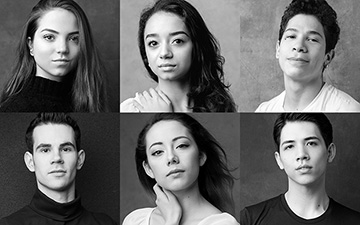
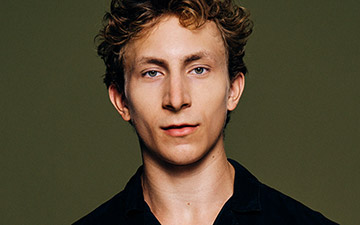
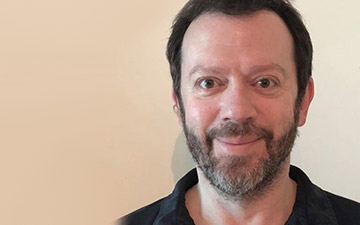

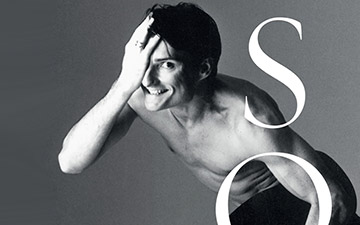

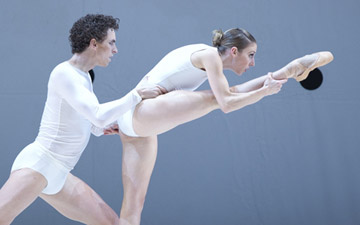

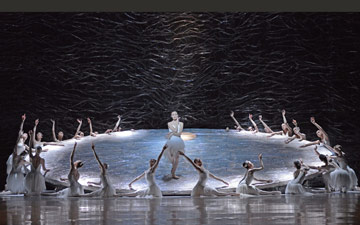
You must be logged in to post a comment.